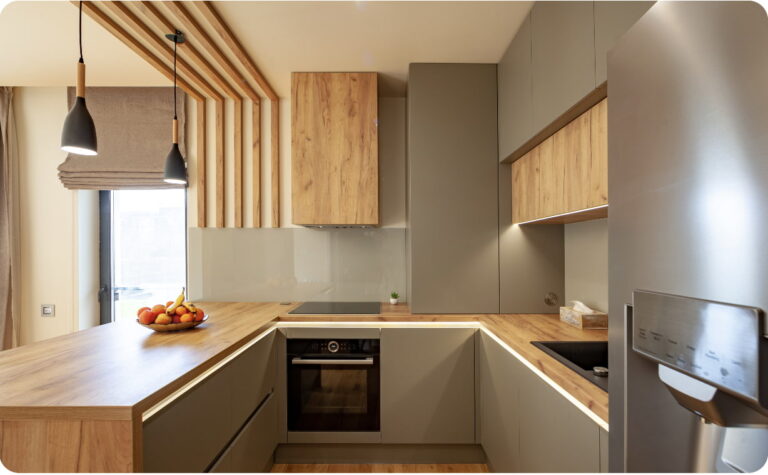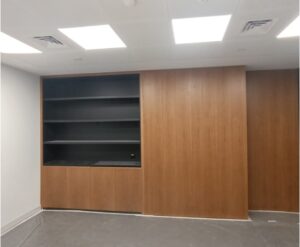What is PVC Edge Banding Material?
If you're in the market for furniture, cabinets, or countertops, you may have heard the term "PVC edge banding." But what exactly is this material, and why is it used in so many applications? In this blog post, we'll explore what PVC edge banding material is, its benefits, and why it's so popular in the woodworking industry.
What is PVC Edge Banding Material?
PVC edge banding is a thermoplastic material that is used to cover the exposed edges of wood or wood composite panels. It's a thin strip of plastic that is applied to the edges of the material using heat and pressure, creating a seamless and durable finish.
Benefits of PVC Edge Banding Material
Aesthetics: PVC edge banding comes in a variety of colors and finishes, making it a versatile material that can match any design style.
Durability: PVC edge banding is resistant to scratches, dents, and impacts, ensuring a long-lasting finish that can withstand wear and tear.
Moisture Resistance: PVC edge banding is also resistant to moisture, making it an ideal material for use in bathrooms, kitchens, and other high-humidity areas.
Easy Maintenance: PVC edge banding is easy to clean and maintain, requiring only mild soap and water to keep it looking new.
Why is PVC Edge Banding Material So Popular in the Woodworking Industry?
PVC edge banding is a popular material in the woodworking industry because of its versatility and durability. It's a cost-effective way to create a seamless and durable finish on wood and wood composite panels. Additionally, it's easy to apply and can be used on a variety of surfaces, including straight edges, curves, and corners.
Conclusion
In summary, PVC edge banding is a thermoplastic material that is used to cover the exposed edges of wood or wood composite panels. It offers a variety of benefits, including durability, moisture resistance, and easy maintenance. Its versatility and cost-effectiveness have made it a popular material in the woodworking industry, and it's likely to remain so for years to come.



